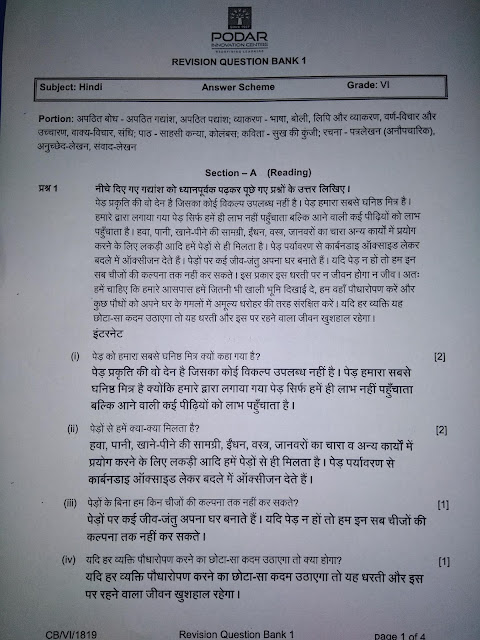Science Question Bank
Question Bank
Q1.What is the basic components of food that provide us
nutrients?
Q2.Give example of certain seeds used as food.
Q3.How will you test the presence of food following
nutrients?
a)
Fats
b)
Starch (Carbohydrates)
c)
Proteins
Q4.Which food is rich source of phosphorus and
Potassium?
Q5.State the importance of dietary fibres.
Q6.State the importance of vitamin E in our diet.
Q7.What is essential for the formation of a hormone
called thyroxin?
Q8. What do you understand by Scavengers? Give examples.
Q9. What do you understand by ruminants?
Q10. Which one will provide instant energy- a sugary
drink or a bowl of rice?
Q11.Give different examples of sugars.
Q12. Which nutrient do we get from honey, rice or
banana?
Q13. Why is it suggested not to have food rich in cream,
butter, cheese, and junk oily food stuffs?
Q14. Which nutrient/ component of food forms the major
portion of our food?
Q15. Name a food constituent other than vitamin D that
we need to make our bones and teeth strong.
Q16. Which mineral is needed to keep muscles, brain and
nerves healthy?
Q17. Why are vitamins essential?
Q18. In what way does eating fibre rich food or roughage
help in weight-loss?
Q19. What
are the ripe fruits of the cotton plant known as?
Q20. In
which states of India is cotton mainly grown?
Q21. Why do different types of people wear different types of
clothes?
Q22. What are the conditions required to grow jute?
Q23.Explain the process of making cotton fibre to fabric.
Q24.What is synthetic fibres.
Q25.Describe how jute is obtained from the jute plant.
Q 26. What
is ginning?
Q27.Can you name any products made of jute and coconut fibres?
Q28.What is a cocoon? How is silk obtained from the cocoons?
Q29. Enlist
the uses of wool and silk.
Q30. Name some materials made up of leather.
Q31. What
is the significance of the charkha in our country?
Q32. What
is classification?
Q33. What
is a material?
Q34.What is soluble and insoluble materials? Give examples.
Q35. Why do some metals often loose their shine and appear dull?
Q36. Give
examples of three objects that float and sink in water.
Q37. What
does the word ` measurement’ means and from where is it derived?
Q38. Name
some physical quantities?
Q39. How
are rest and motion relative terms?
Q40. Give two examples of modes of transport used on land, water
and air.
Q41. Why we cannot use an elastic measuring tape to measure
distance?
Q42.Why can a pace or a footstep not be used as a standard unit of
length?
Q43. Motion of the earth is a combination of motions. Explain.
Q44.What is the correct way of reading the result on a metre
scale?
Q45.Explain the similarities and dissimilarities between the
motion of a bus and a fan.
Q46.Can an object have more than one type of motion? Give
examples.
Q47. The height of your friend is 1.40 m. Convert it into
centimetres, decimeter and millimeters.
Q48.While measuring the length of a knitting needle the reading of
the scale at one end is 3.0 cm and at the other end is 33.1 cm. What is the length
of the needle?

